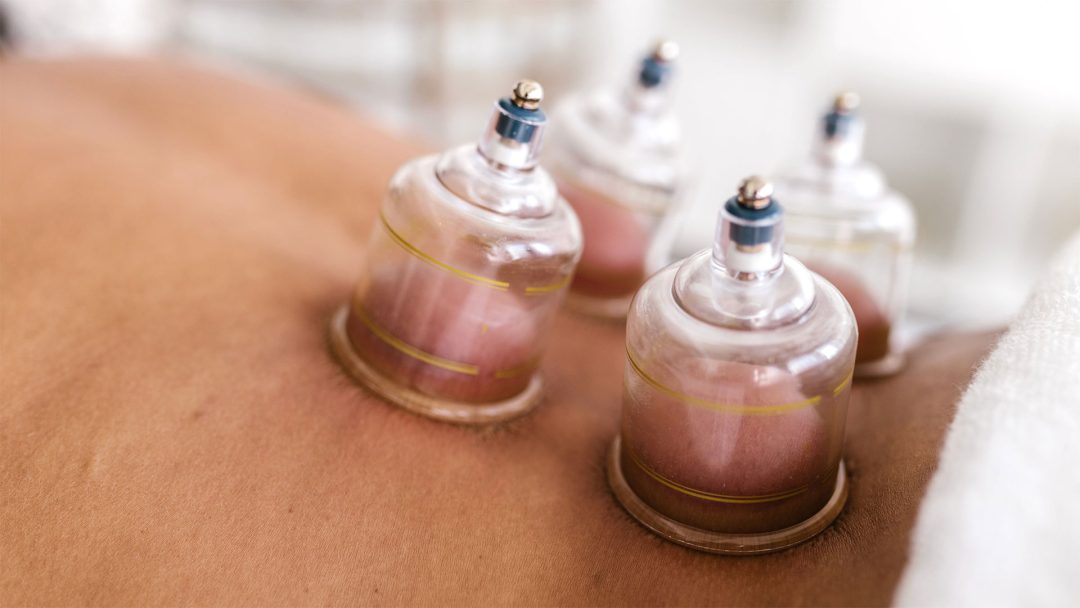Cupping

Cupping is a therapeutic procedure of Traditional Chinese Medicine (TCM) in which cupping glasses or cupping heads are placed onto the skin with suction. The suction effect contributes to the activating and health-promoting effects.
The cupping glasses used can vary in terms of diameter and glass thickness. Mostly the back of the patient is cupped, whereby cupping in a sitting position is only possible with thin-walled cupping glasses.
By supplying heat or a pump, a negative pressure is created in the glasses, causing them to firmly adhere to the skin and initiate various physical processes.
A distinction is made between dry cupping, blood cupping and cupping massage.
If the skin is untreated before the therapy, it is called dry cupping. If, on the other hand, the areas of skin under the cupping glasses are carefully scratched or pricked, it is called blood cupping, because blood accumulates in the glasses.
In cupping massage, the skin is oiled before cupping and the glasses are moved around on the skin, maintaining the suction effect.
Dr. med. Karsten Ostermann M.A.
Cupping should only be carried out by experienced therapists. The health-promoting effects of cupping can be used as part of an integrative medical concept.

Further information
Further information intended to give a better overview of the topic.